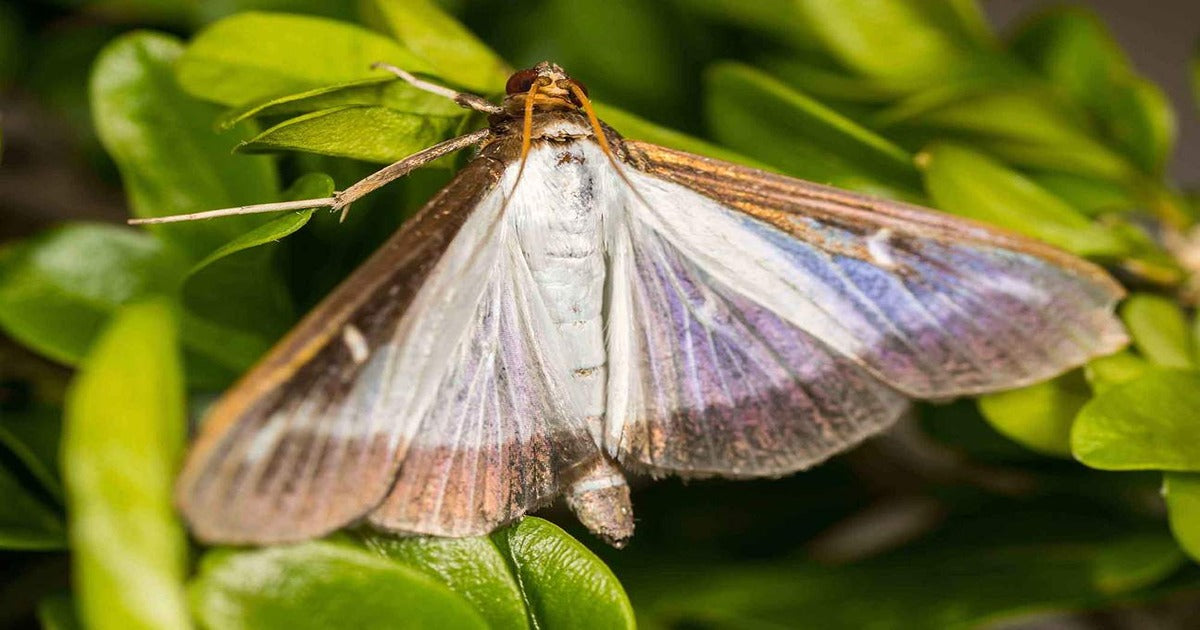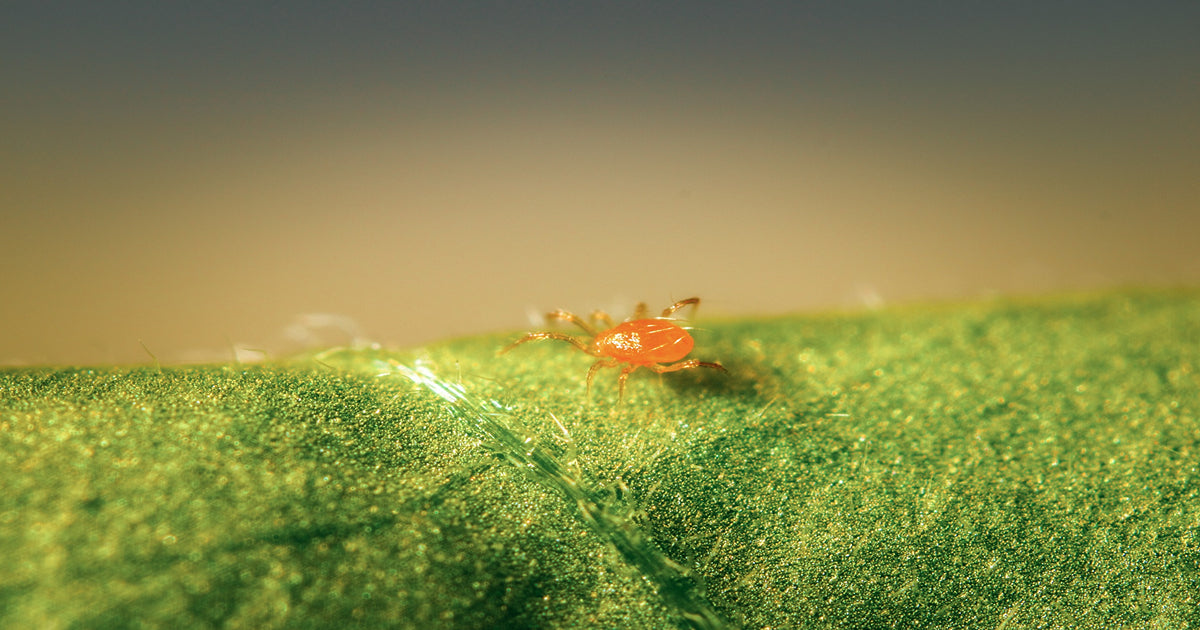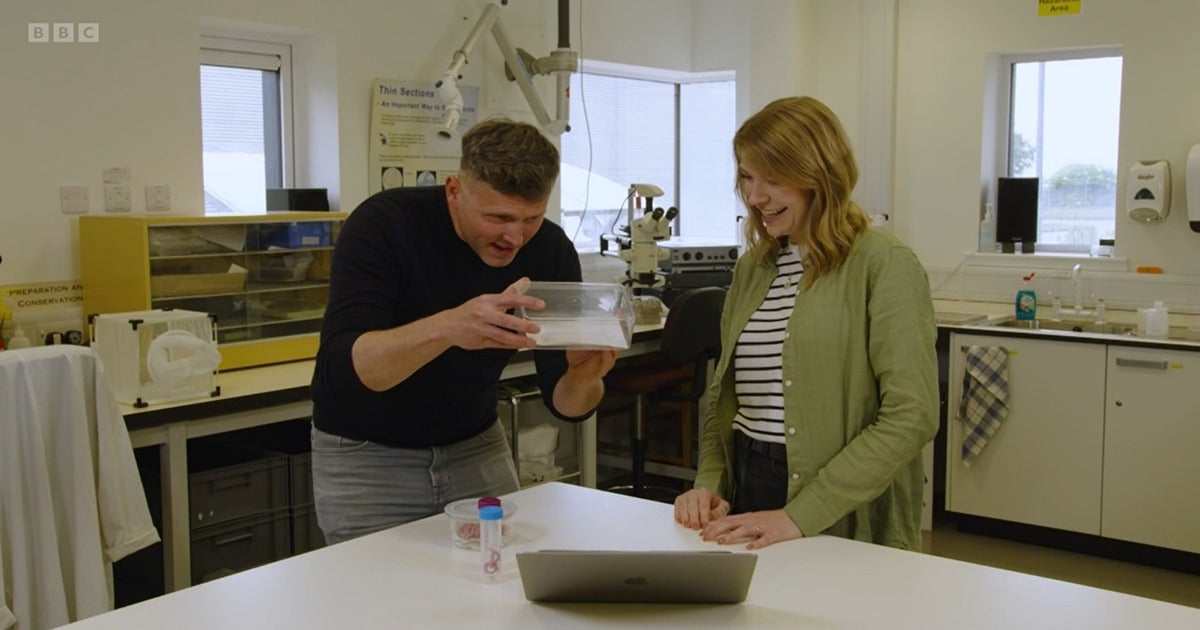
Dragonfli's Three-Step Strategy To Combat The Entire Box Tree Moth Life Cycle
Box Tree Moths overwinter as caterpillars that hide deep inside the Box Plant foliage. As temperatures warm, the caterpillars will pupate and transform into moths. The female moths will proceed to mate and begin laying eggs in little clusters on Box tree plants. These eggs will then hatch into the damaging caterpillars that devastate and kill Box plants and hedges.
Dragonfli are on hand to help, however, and can now provide natural solutions against two critical stages of the Box Tree Moth life cycle!

Box Tree Caterpillars feed on Box plants and hedges and are capable of killing Buxus entirely if left untreated.
Stage 1: Catch Adult Box Tree Moths With Pheromone Traps To Reduce Egg Laying
The first step to take in combating Box Tree Moths is to set up your Box Tree Moth Pheromone Traps. These traps will catch male Box Tree Moths and prevent them from mating with females. The traps will also provide you with a valuable early warning of Box Tree Moth activity.
Our Box Tree Moth Pheromone Traps are the first key component in the defence against Box Tree Moth infestations.
Box Tree Moths have 2-3 generations a year, so it is good practice to keep your Box Tree Pheromone Traps active all spring and summer. Each pheromone lure lasts about six weeks, after which it should then be replaced. You can find replacement lures by clicking here.
Pheromone traps used solely will not catch enough Box Tree Moths to prevent entire infestations, so please be sure to also follow the next steps.

Box Tree Moths are identifiable with white coloured wings bordered by brown. They have a wingspan of roughly 4cm.
Stage 2: Apply Nematodes Directly Onto Box Tree Caterpillars
If Box Tree Caterpillars are observed on Box plants, apply our Box Tree Caterpillar Killer Nematodes directly onto the caterpillars. Only apply the nematodes if caterpillars are present. More than one application may be required, which is why two sachets of nematodes are included in Box Tree Caterpillar Killer. Apply the first sachet when Box Tree Caterpillars are identified, and apply the second sachet about a week later.

Simply spray our Box Tree Caterpillar Killer directly onto the caterpillars and the nematodes will enter the pest via a natural opening, before killing the caterpillars from inside.
Make sure unopened nematode sachets are stored in a fridge to keep them fresh, and avoid applying nematodes on bright, sunny days, as nematodes are U.V sensitive. The optimum conditions for applying nematodes are warm, overcast, humid days. Alternatively, simply apply the nematodes early, or late on in the day.

Box Tree Caterpillars can grow up to 30mm in length and are a greenish-yellow colour. They can be concealed within webbing spun around buxus plants.
Stage 3: Invigorate Renewed Box Plant Growth

Our two natural solutions combine to provide a complete biological control of Box Tree Moths and protect your valuable Box Hedges and plants from this devastating pest.
If looking to provide your Box plants with a further aid to recovery, consider also applying our Soil Boost biostimulant granules.
Soil Boost acts as an organic slow release fertiliser, helping the Box plants achieve newly invigorated growth after stress and damage.
If you ever need any further advice on how to combat Box Tree Moths feel free to get in touch via email at sales@dragonfli.co.uk, via social media, or by giving us a call on 01376 563322, and we’d be happy to assist.
Comments (46 Responses)
Julian Ives
Hi Alan,
Many thanks for getting in touch and for sharing your experience.
That’s a terrific result and very satisfying to read.
We hope we can continue to protect your hedge with our products and if you need any assistance please don’t hesitate to reach out again and we’d be more than happy to help.
Kind regards,
Julian Ives [Director, Dragonfli]
Julian Ives
Hi Ray,
Many thanks for getting in touch.
The moths will be instinctively attracted to the box hedges anyway, so the idea is to catch as many males as possible before they are able to mate and lay eggs within the foliage.
I hope this helps but if you need any further assistance please don’t hesitate to reach out again and we’d be more than happy to help.
Kind regards,
Julian Ives [Director, Dragonfli]
Julian Ives
Hi Susie,
Many thanks for getting in touch.
It is difficult to be precise, but warm weather will speed up the pest life cycle.
I would estimate that, in warm conditions, you can expect to see the first small caterpillars approximately 2 weeks after the moths have been observed.
Box Tree Moths can have 2-3 generations a year in the UK unfortunately. It has become a notoriously difficult pest to combat and will require multiple nematode applications. The nematodes need to make direct contact with the caterpillars in order to be effective.
You will also need to be alert to when the new generations of the pest arrive, which is why it is best to ensure Box Tree Moth Traps always contain an active pheromone lure.
I hope this helps but if you need any further assistance please don’t hesitate to reach out again and we’d be more than happy to help.
Kind regards,
Julian Ives [Director, Dragonfli]
Mary Davies
Your pheromone traps have caught many male moths and how do I dispose of them? They are mostly alive and beautiful and I am finding it difficult to crush them ____ can I let them go in waste land 1/2 a mile away?
Mary Davies







21 August, 2025
Julian Ives
Hi Mary,
Many thanks for getting in touch.
I’m glad to hear that our traps have been effective for you thus far.
I can appreciate that this may be difficult, but you will need to harden yourself if you want to protect your Box plants!
The moths can travel long distances in search of hedges to infest so I wouldn’t recommend making such a trip as they may simply fly back to you upon release!
It is indeed unfortunate that the moths are so vividly coloured and pleasant to observe but just try to remember that their caterpillars are inflicting devastating damage to gardens across the UK.
I hope this helps but if you need any further assistance please don’t hesitate to reach out again and we’d be more than happy to help.
Kind regards,
Julian Ives [Director, Dragonfli]